Every time you flip through an old magazine, you open a time capsule. Created to meet readers’ most immediate interests, magazines generally reflect the mood and ideas in brief moments in history.
But how accurate is that reflection?
If you look at Post issues from the 1920s, you can get a fairly good sense of that decade. The overall tone of these issues is busy, enthusiastic, often funny, and the hefty magazines are filled with lighthearted stories and lavish advertising.
The 1930s issues, on the other hand, are much thinner. The Depression-era illustrations and advertising seem subdued and cautious. There are fewer stories and the articles seem to focus mostly on business and politics.
In the issues of the early 1940s, every Post article, ad, and cartoon seems to reflect some aspect of World War II.
The issues of the 1950s, however, don’t quite fit their times. To judge from the images, America was a bright, prosperous, and carefree place, which wasn’t entirely true. The country was prospering, yet it was also weighed down with worries. The decade had begun with two wars: a bloody “police action” in Korea that ended in stalemate and a global cold war that just seemed to go on and on. As if this wasn’t bad enough, Russia had stolen America’s atomic bomb secrets; our great adversary was now a nuclear power.
As the 1950s began, it became to Americans clear they wouldn’t get the peace they’d hope to win at the end of World War II. Instead, they would pass the decade in fear of a Soviet attack with atomic weapons. Air-raid drills would send schoolchildren diving under their desks to wonder if, this time, it wasn’t a drill. Their parents would watch news reports of communist influence spreading across the globe.
They would also have sensed an atmosphere of suspicion and resentment in the country as journalists and politicians accused fellow Americans of disloyalty. Senator Joseph McCarthy would draw national attention for his inquiries into suspected communist agents operating throughout the government. His hunt for secret communists reached its peak 60 years ago this month.
When McCarthy’s relentless attack on the U.S. Army proved too much for his Congressional colleagues, he was censured by his colleagues, and his career–and investigations–faded away. Yet the suspicion of covert communism lingered and many Americans felt they could no longer trust their fellow citizens.
The Post wrote a great deal about the red menace in the 1950s, but if you looked only at the images in the magazine, you’d never guess at the cultural atmosphere of dread, suspicion, and uncertainty.
To judge by the ads below, taken from the May and June issues of the Post, Americans of 1954 were perpetually happy, living colorful, comfortable, and gracious lives. The Westinghouse vacuum cleaner, for example, shows us that icon, the 1950s American housewife. Advertisers and television writers, with no intention of being funny, would present her as homey but glamorous, performing housework in a dress and heels.
She cooked in a modern, spacious kitchen that was filled with modern appliances, such as ‘intelligent’ electric stoves, and spacious refrigerators with rotating shelves.
Modern glamour had even entered the bathroom. Manufacturers introduced exotic colors to fixtures that had, for generations, had only been stark white.
Americans who had moved to the suburbs took pride in their backyards and with summer’s return, the magazine featured advertising from several manufacturers.
The Goodrich ad seems to make unsupported claims in its headlines, but many baby boomers fondly remember those inflatable pools.
With summer, many readers would again consider the merits of a single-room air conditioner, which were become more affordable very year. Several companies were offering units that summer, including Carrier, whose air-conditioners were so advanced, they could prevent “super brain” computers from over-heating.
New technology was invading America’s offices. But no matter how much the machines changed, the gender of the operator remained the same.
No ad gallery of the 1950s would be complete without a collection of car ads. These models capture an era in which the auto industry, as yet unthreatened by imports or emissons standards, focused on power, size, and glamour.
Lastly, we present a gallery of Post coves from those early summer months. Noticeably absent are bomb shelters and students huddled under school room desks.
Like so many of the covers from the 1950s, the art work celebrates intimate, homely moments of small town and suburban family life. We didn’t reflect the country American was in those days. We showed the country as Americans wanted to see it–familiar, peaceful, and contented.
Become a Saturday Evening Post member and enjoy unlimited access. Subscribe now
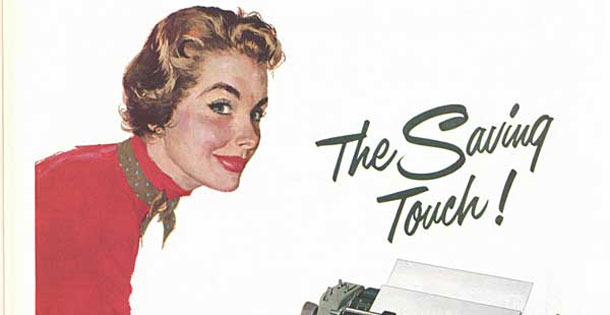


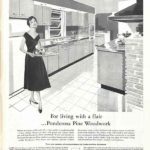

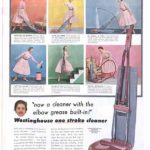
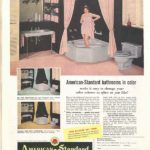

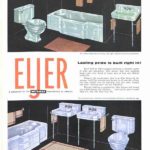
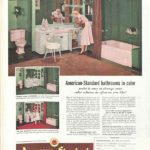


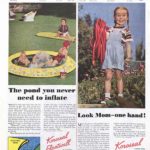

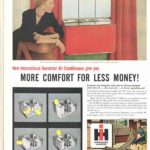
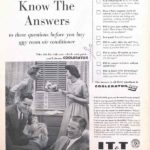

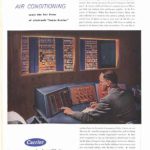

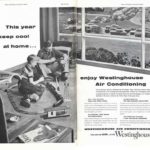
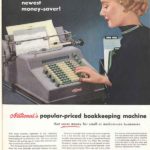
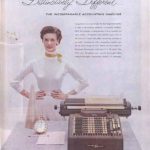
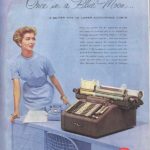
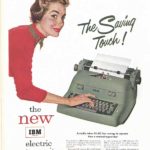
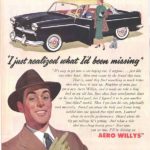
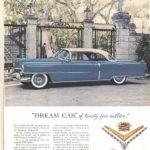
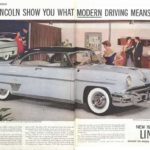
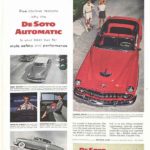
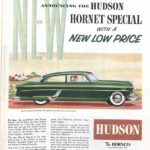
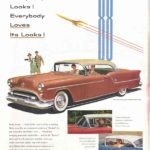
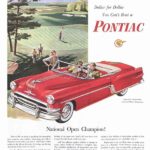
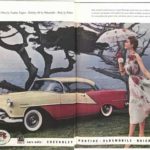
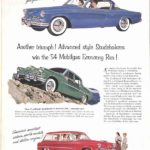
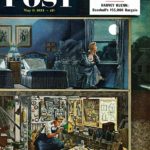
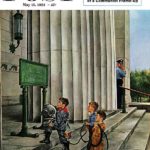



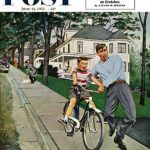
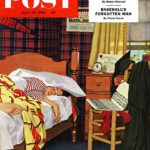

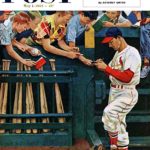
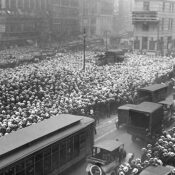


Comments
I always wondered how people acted like (and still do to a certain degree) the Korean War didn’t exist. Old grandparents would talk about World War II, but none would mention the Korean War, almost like it didn’t exist. I even watch timeline shows and they skip over the Korean War. It just seems like everyone wants to act like a bunch of young boys and men didn’t lose their lives and live families without a husband and father.
And then the Civil Rights Movement actually gained momentum in the 1950s. Even one of the articles listed on this page has an article about how a Black man is living in a White world. But when you look at the illustration, it’s of this nice church in a quiet suburban neighborhood. Really world…
Another great article Jeff; so well researched, written and leaving the reader left to ponder various thoughts on what you said. The happy people in the ads looked even happier because most of it was artwork/illustration back then that lent the magic of an idealized fantasy element photography really couldn’t.
After so many dark years of The Depression then World War II, the ’50s were going to be the “perfect, happy years” that had alluded the nation for so long, even if it meant it was ‘forced’ to whatever degree. The ad agencies certainly knew it was good for business, and the economy WAS booming by and large back then—in no small part BECAUSE of ads like these.
Ads that were inside this big beautiful magazine millions welcomed into their homes each week, due (in part) to those idealized POST covers. Even if it wasn’t real, it was something that seemed within a realistic reach, and certainly how the U.S. wanted to see itself. Looking at these mid-century covers and ads now bring more happiness today than they did then, I assure you.